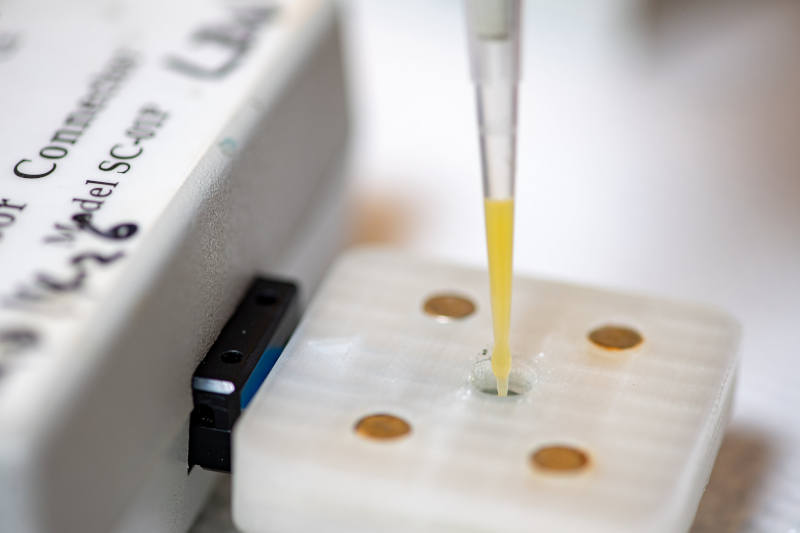
Typically, detecting glyphosate — a herbicide — in a beverage requires a sophisticated test setup. But Washington State University has a 3D printed sensor that uses nanotubes to simplify the detection of the toxin.
The idea is very similar to inexpensive blood glucose monitors. The test will eventually find use for human samples, but the initial testing was for detecting contamination in orange juice.
Traditionally, detection would require either a mass spectrograph or antibodies that bond with the contaminant. The disadvantage of a mass spectrograph is obvious and while antibodies might be a bit easier to deal with, they require storage and handling to ensure the test’s integrity.
The test uses electrically-conductive polymer nanotubes that have molecular scale cavities made to trap the glyphosate molecules in much the same way as an antibody. These tubes are placed on a 3D printed substrate and an electric current can quantify the amount of glyphosate.
These are exciting days if you are interested in nano fabrication. As for herbicides, we prefer search and destroy robots instead of chemicals, where possible.
0 Commentaires